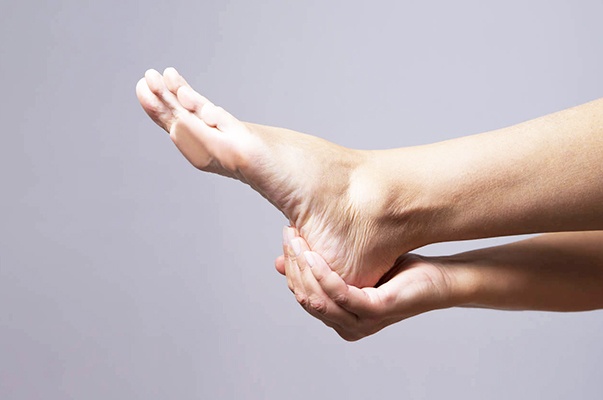Your foot consists of 26 bones, the largest of which is the heel bone. It’s also prone to getting injured.
Each time there’s a problem with your heel or any other part of your foot, the right person to approach is a podiatrist. Also sometimes referred to as a podiatric physician, he or she is a medical doctor who specializes in diagnosing and treating problems concerning the foot, ankle and lower limb.
So without beating around the bush, let’s take a look at some of the most common causes of heel pain:
Sprains and Strains
Are you aware that your foot consists of a total of 33 joints and more than 100 different muscles, tendons and ligaments? It’s exactly for this reason why it’s not really that uncommon for your foot to end up sprained or strained, either one of which could affect your heel and leave it achy and inflamed.
A sprain is the overstretching or sometimes tearing of a ligament. On the other hand, a strain is the overstretching or also tearing of a muscle or tendon, which is a cord that attaches a muscle to a bone.
Plantar Fasciitis
There is a flattened ligament that attaches your heel bone to your toes, plus it also supports the arch of your foot. Such is referred to as the plantar fascia.
Due to its location and the role it plays, your plantar fascia is prone to becoming weakened, damaged and irritated. An inflamed plantar fascia is a condition referred to as plantar fasciitis. There are many different home remedies available for plantar fasciitis, although in extreme cases surgery may be warranted.
Bursitis
In between tissues of the body are bursas, which are fluid-filled structures that help reduce friction. There are a number of bursas around your heel. If one of them becomes inflamed usually because of repetitive movements, a condition referred to as heel bursitis takes place.
Treatment for heel bursitis tends to vary, ranging from rest, intake of OTC painkillers, administration of antibiotics, physical therapy, corticosteroid injections, drainage of the affected bursae to surgery.
Achilles Tendonitis
Everyone is well aware of the fact that the massive tendon (it’s actually the largest tendon in the human body) at the back of the foot is referred to as the Achilles tendon. It’s there because it is the one that connects your calf muscles to your heel. In some instances, it becomes inflamed.
The inflammation of the said tendon is referred to as Achilles tendonitis. According to podiatrists, it is commonly the result of repetitive movements or intense strain on that gigantic tendon.
Osteoarthritis
Are you aware that there are more than 100 different types of arthritis known to man? Experts say that the most common is osteoarthritis which can affect just about any joint in the body, including the heel joint.
Contrary to popular belief, osteoarthritis is a problem that’s not exclusive to the elderly. While it’s a fact that age is indeed a risk factor for it, there are many other things that can cause such type of arthritis to strike. Some of them include overuse of the joints, a previous injury and being obese or overweight.
Heel Bone Fracture
Because of the fact that there are so many physical activities that entail you landing on your feet, the heel bone is very much susceptible to ending up fractured. Accidents such as a car crash or falling from a ladder can also cause the said problem to come into being.
If the pieces of broken heel bones have not been displaced or moved out of place, non-surgical treatment approaches may be done. However, surgery is warranted if the pieces of broken heel bones have been displaced.












